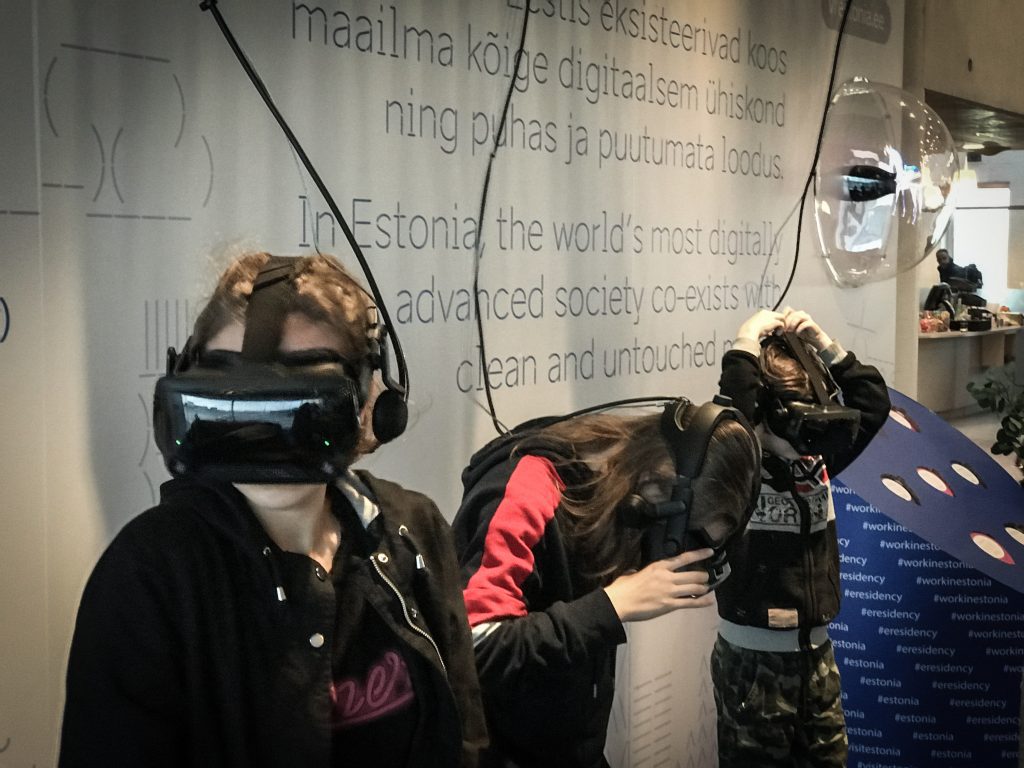Think digital rather than face-to-face experiences.

Deterritorialization has become even more evident in light of the Covid-19 pandemic. We must think about experiences beyond the physical and face-to-face.
One of the concepts we have spoken about a lot since early 2020 is deterritorialization. Deleuze and Guattari established the term, which was later adopted by geography and anthropology, and which defines the disconnection between people (culture) and territory.
Deterritorialization was one of the lessons learned from the pandemic. It is the idea that since we are all locked inside our homes, where the home physically it makes little difference. In terms of the real estate market, this sees the “location, location, location” mantra fall apart, or at least the way real estate agents used to highlight the benefits of a specific place.
With this in mind, it is worth reflecting on the need for an experience beyond the territory, or as Caio Esteves called it in the book Cidade Antifragil (Antifragile City) – supraterritoriality.
This may be one of the most complex dimensions of Placemaking.ID®. Not because it’s difficult but rather due to the challenge of thinking about a city as something more than its territory, which it hasn’t been considered until now.
To think supraterritorially is to promote experiences that go beyond the physical and face-to-face dimension. It requires taking the place, the city to another sphere – the virtual, but not necessarily digital one.
The place must come to the people so that the experience and the assets of this place can even be experienced from afar. This has less to do with the Metaverse and more to do with knowing the assets and characteristics of your place and finding ways to connect it with interested audiences.
Remember:
- People make a place, so it is more than the territory itself. Therefore, the experience should not be exclusively linked to the physical dimension.
- Create ways to connect your audience to the assets of your place. If people can’t come to you, you must come to them.
- Forget the Metaverse, or at least don’t start there! There are much simpler ways to bring the experience of your place to people.
- Also, forget about apps as the easiest go-to, as if they were the solution to all problems. Apps are more governance tools than supraterritorial experiences, although they can serve both purposes when well-designed.